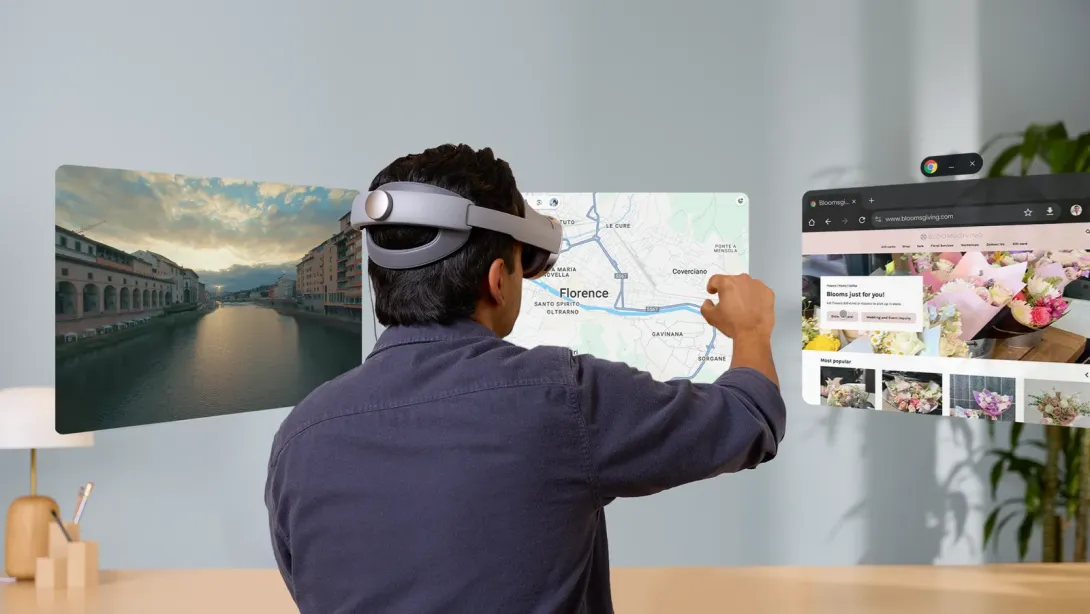Samsung Electronics has officially launched the Galaxy XR, marking its first Android-powered extended reality (XR) headset. The device combines augmented reality (AR), virtual reality (VR), and mixed reality (MR) capabilities into a single platform, targeting both consumers and enterprise users. Equipped with advanced sensors, high-resolution displays, and seamless integration with the Android ecosystem, Galaxy XR aims to deliver immersive experiences for gaming, productivity, and virtual collaboration. Analysts see Samsung’s move as a strategic entry into the fast-growing XR market, competing with Meta, Apple, and Microsoft. The launch reflects broader industry trends toward interconnected, mobile-first, and versatile immersive devices.
Galaxy XR: Key Features and Capabilities
The Galaxy XR headset offers a 4K-per-eye display, spatial audio, and low-latency tracking for immersive AR, VR, and MR experiences. Its Android-based platform allows compatibility with a wide range of applications, games, and productivity tools. The device supports wireless operation, gesture controls, and hand tracking, enhancing user interaction and creating a more intuitive XR environment. Samsung has also integrated AI-driven features to optimize rendering and battery performance, promising longer usage periods without compromising quality.
Market Positioning and Strategic Rationale
With the Galaxy XR, Samsung targets both consumer entertainment and enterprise solutions, including remote collaboration, virtual training, and 3D visualization. Analysts note that Samsung’s adoption of Android as the underlying platform provides a competitive advantage through a familiar ecosystem, widespread developer support, and potential integration with existing Galaxy devices. The headset positions Samsung as a direct competitor to Apple’s Vision Pro, Meta’s Quest series, and Microsoft’s HoloLens in the emerging XR market.
Industry Trends and Market Potential
The XR market is projected to grow rapidly, fueled by advances in hardware, software, and mobile connectivity. Analysts forecast that consumer interest in immersive gaming, virtual events, and productivity applications will drive adoption, while enterprises increasingly explore XR for training, design, and remote collaboration. Samsung’s entry reflects a broader trend toward versatile, Android-compatible devices capable of spanning multiple XR modalities.
Strategic Implications for Samsung
Launching the Galaxy XR underscores Samsung’s commitment to innovation and diversification beyond smartphones and wearables. The device opens avenues for ecosystem expansion, cross-device integration, and partnerships with app developers. Observers suggest that success will depend on content availability, user adoption, and seamless integration with other Galaxy devices, including smartphones, tablets, and PCs.
Outlook and Future Expansion
Samsung plans to continuously update the Galaxy XR with software enhancements, developer tools, and enterprise-focused solutions. The headset’s versatility and Android-based approach could accelerate adoption across both consumer and professional markets, solidifying Samsung’s position as a key player in the evolving XR landscape.

Comments